Collective Molecular Activities of the Plant: Mannia Fragrans
Overview of Ingredients
33 All known Ingredients in Total
Unique ingredients have been isolated from this plant.Plant-Ingredients Associations were manually curated from publications or collected from other databases.
15 Ingredients with Acceptable Bioavailablity
Unique ingredients exhibit acceptable human oral bioavailablity, according to the criteria of SwissADME [PMID: 28256516] and HobPre [PMID: 34991690]. The criteria details:SwissADME: six descriptors are used by SwissADME to evaluate the oral bioavailability of a natural product:
☑ LIPO(Lipophility): -0.7 < XLOGP3 < +5.0
☑ SIZE: 150g/mol < MW < 500g/mol
☑ POLAR(Polarity): 20Ų < TPSA < 130Ų
☑ INSOLU(Insolubility): -6 < Log S (ESOL) < 0
☑ INSATU(Insaturation): 0.25 < Fraction Csp3 < 1
☑ FLEX(Flexibility): 0 < Num. rotatable bonds < 9
If 6 descriptors of a natural plant satisfy the above rules, it will be labeled high HOB.
HobPre: A natural plant ingredient with HobPre score >0.5 is labeled high human oral availability (HOB)
9 Ingredients with experimental-derived Activity
Unique ingredients have activity data available.Ingredient Structrual Cards
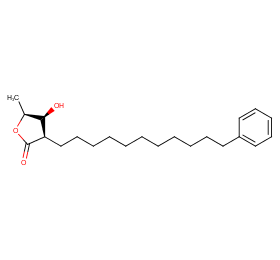
Ingredient ID: NPC97515
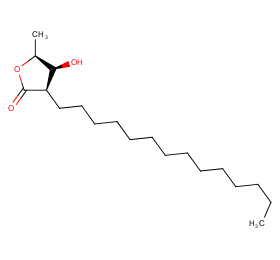
Ingredient ID: NPC96388
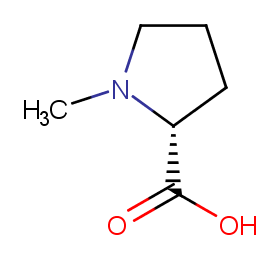
Ingredient ID: NPC89180
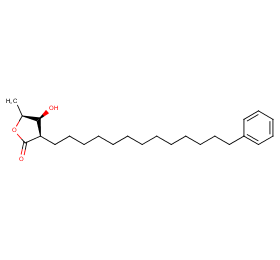
Ingredient ID: NPC86058
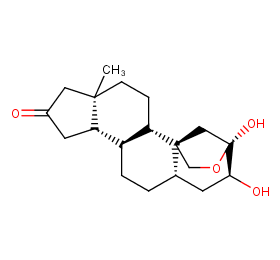
Ingredient ID: NPC79011
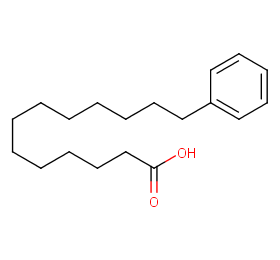
Ingredient ID: NPC73840
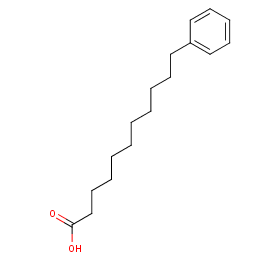
Ingredient ID: NPC7089
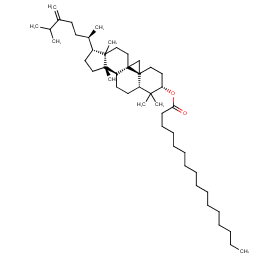
Ingredient ID: NPC70261
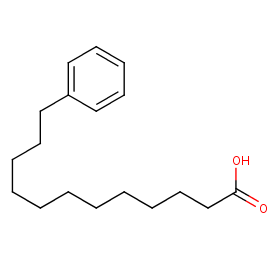
Ingredient ID: NPC44830
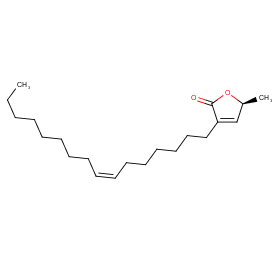
Ingredient ID: NPC37466
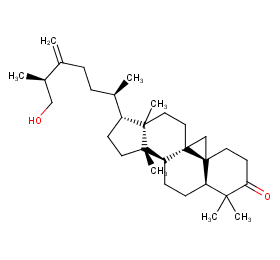
Ingredient ID: NPC36911
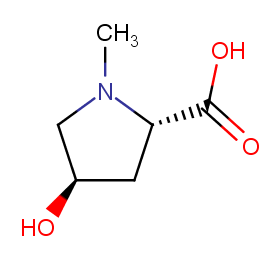
Ingredient ID: NPC302439
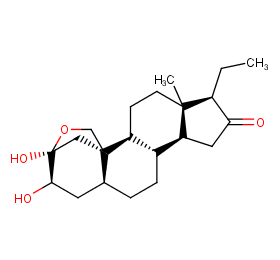
Ingredient ID: NPC294200
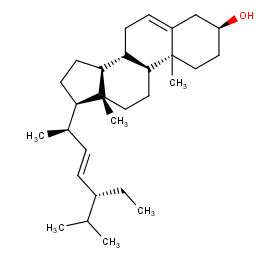
Ingredient ID: NPC289668
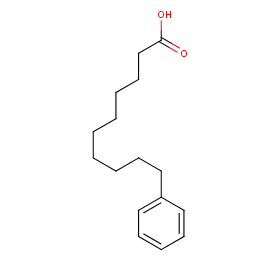
Ingredient ID: NPC285173
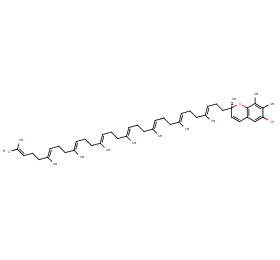
Ingredient ID: NPC284311
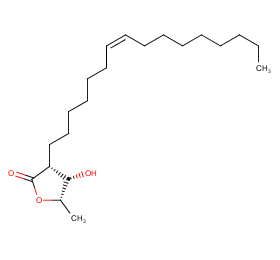
Ingredient ID: NPC259659
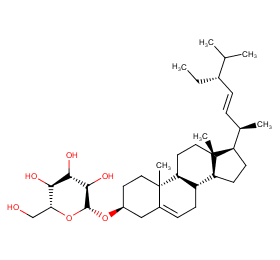
Ingredient ID: NPC258314
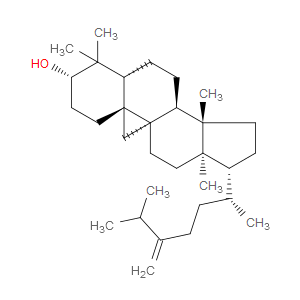
Ingredient ID: NPC254509
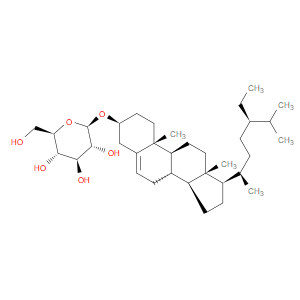
Ingredient ID: NPC243728
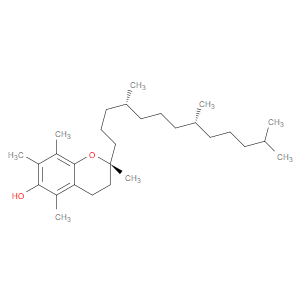
Ingredient ID: NPC242580
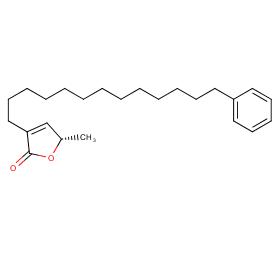
Ingredient ID: NPC231507
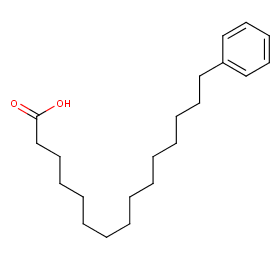
Ingredient ID: NPC221491
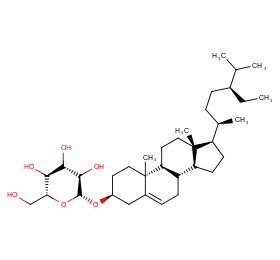
Ingredient ID: NPC22140
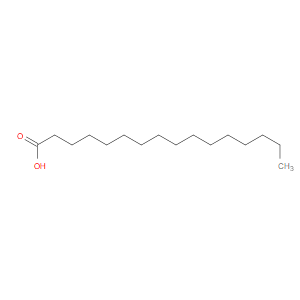
Ingredient ID: NPC216630
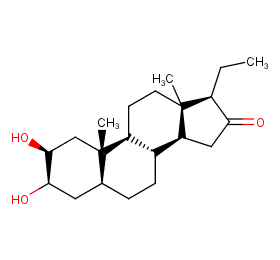
Ingredient ID: NPC21380
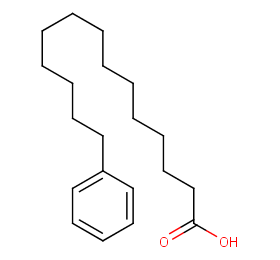
Ingredient ID: NPC182385
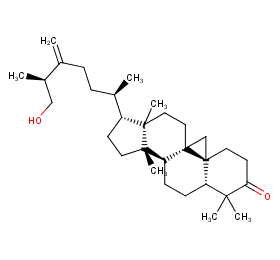
Ingredient ID: NPC178158
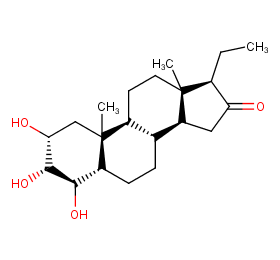
Ingredient ID: NPC177365
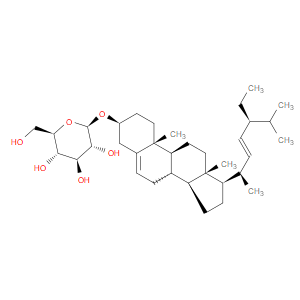
Ingredient ID: NPC158088
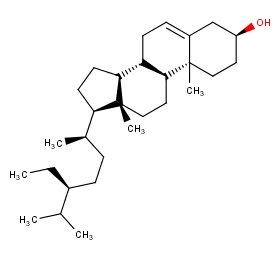
Ingredient ID: NPC157192
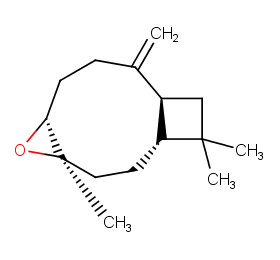
Ingredient ID: NPC13789
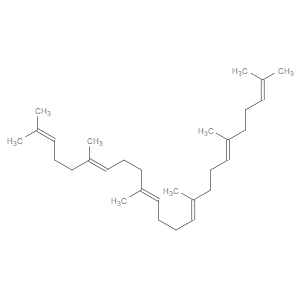
Ingredient ID: NPC123965
Classification of Human Proteins Collectively Targeted by the Plant
Detailed Information of Target Proteins
| Target Type | Protein Class | Gene ID | Protein Name | Uniprot ID | Target ChEMBL ID |
|---|---|---|---|---|---|
| Therapeutic Target | Fatty acid binding protein family | FABP4 | Fatty acid binding protein adipocyte | P15090 | CHEMBL2083 |
| Therapeutic Target | Structural protein | LMNA | Prelamin-A/C | P02545 | CHEMBL1293235 |
| Therapeutic Target | Transferase | GSTP1 | Glutathione S-transferase Pi | P09211 | CHEMBL3902 |
❱❱❱ Associated Human Diseases and Detailed Association Evidence
How do we define the Plant-Targeted Human Disease Association?
Associated human diseases of an individual plant are summurized based on FOUR types of association evidence, these include:
❶ Association by Therapeutic Target: Bioactive protein targets of the plant were defined in "Molecular Targets" section, target-disease associations collected from TTD database were subsequently used to build the associations between the plant and its targeted human diseases.
❷ Association by Disease Gene Reversion: Plant and a specific disease will be associated when >= 1 plant target gene overlaped with disease's DEGs.
❸ Association by Clinical Trials of Plant: Plant and a specific disease will be associated when >= 1 clinical trial (the plant is the intervetion) can be matched in ClinicalTrials.gov database.
❹ Association by Clinical Trials of Plant Ingredients: Plant and a specific disease will be associated when >= 1 clinical trial (the plant ingredient is the intervetion) can be matched in ClinicalTrials.gov database.
Associated Disease of the Plant | Association Type & Detailed Evidence |
|---|---|
Adenocarcinoma of pancreasDisease Category: 02.NeoplasmsDisease ICD-11 Code: 2C10.0 |
GSTP1,LMNA,OR51E2
|
Adenocarcinoma of prostateDisease Category: 02.NeoplasmsDisease ICD-11 Code: 2C82.0 |
FABP5,OR51E2
|
Carcinosarcoma of uterusDisease Category: 02.NeoplasmsDisease ICD-11 Code: 2C76.43 |
GSTP1,FABP5
|
Carpal tunnel syndromeDisease Category: 08.Diseases of the nervous systemDisease ICD-11 Code: 8C10.0 |
OR51E2
|
Chikungunya virus diseaseDisease Category: 01.Certain infectious or parasitic diseasesDisease ICD-11 Code: 1D40 |
LMNA
|
Colorectal cancerDisease Category: 02.NeoplasmsDisease ICD-11 Code: 2B91 |
GSTP1
|
Diffuse large B-cell lymphomasDisease Category: 02.NeoplasmsDisease ICD-11 Code: 2A81 |
GSTP1,OR51E2,FABP5,LMNA,FABP4
|
Germ cell tumour of testisDisease Category: 02.NeoplasmsDisease ICD-11 Code: 2C80.2 |
FABP5
|
Glioblastoma of brainDisease Category: 02.NeoplasmsDisease ICD-11 Code: 2A00.00 |
FABP5,LMNA
|
HepatoblastomaDisease Category: 02.NeoplasmsDisease ICD-11 Code: 2C12.01 |
GSTP1,FABP5,FABP4,OR51E2
|

